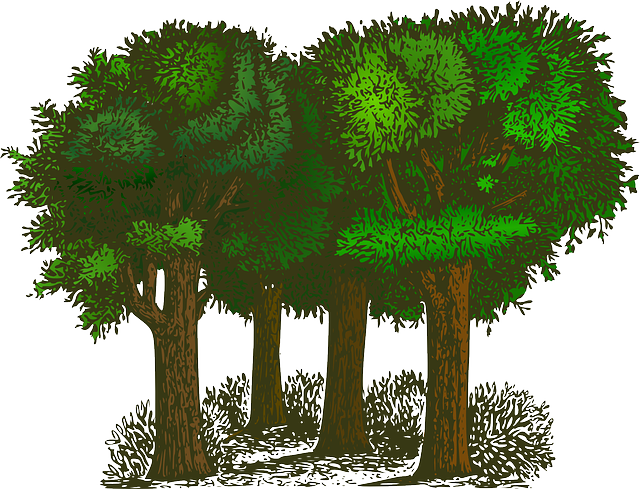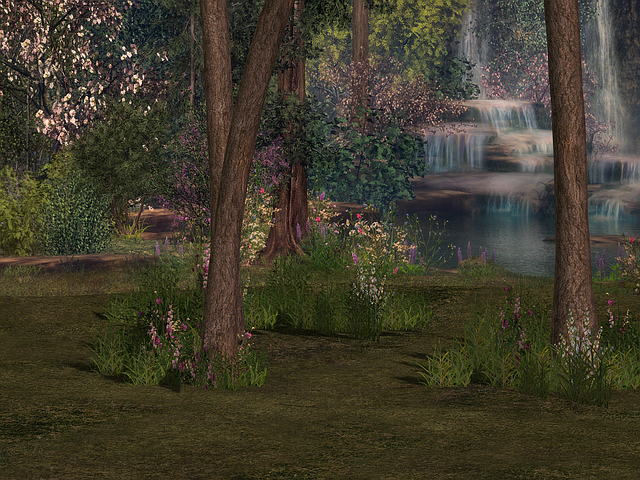Plano TX tree maintenance involves strategic tree thinning to optimize landscape health and aesthetics. Professionals assess tree structure, remove unhealthy branches, and improve air circulation for better growth. Proper spacing ensures sunlight access, prevents pest issues, and enhances property values. Certified arborists from the ISA ensure safe, effective practices tailored to Plano's diverse landscape, fostering a vibrant urban forest through ongoing care after thinning.
In Plano, Texas, proper tree maintenance is crucial for a healthy urban forest. This guide explores tree thinning, a vital practice enhancing safety and aesthetics. Discover the benefits of reducing tree density in Plano’s landscape and learn how to identify overcrowded trees. We provide best practices, tips on hiring certified arborists, and post-thinning care advice. Optimize your city’s green spaces with effective Plano TX tree maintenance strategies outlined here.
- Understanding Tree Thinning Benefits in Plano TX
- Identifying Overcrowded Trees for Maintenance
- Best Practices for Effective Tree Thinning
- Selecting Certified Arborists in Plano TX
- Enhancing Urban Forest Health and Safety
- Maintaining Balance: Ongoing Care After Thinning
Understanding Tree Thinning Benefits in Plano TX

In Plano TX, tree thinning is an essential aspect of proper tree maintenance that offers numerous benefits for both residential and commercial properties. By selectively removing branches and trees, professionals can enhance the overall health and appearance of landscapes while promoting better growth. One of the primary advantages is improved light penetration, allowing more sunlight to reach the ground, which stimulates the growth of grass, flowers, and other plants. This technique also reduces competition for nutrients and water among dense vegetation, benefiting existing trees and nearby plants alike.
Additionally, tree thinning helps in mitigating risks associated with overgrowth, such as branches that could fall during severe weather events, protecting homes, businesses, and public spaces. It promotes better air circulation, reducing the risk of pest and disease outbreaks that often thrive in stagnant, shaded environments. Furthermore, a well-thinned landscape can improve property values and create a more aesthetically pleasing environment, making it an attractive option for Plano TX residents and property managers looking to enhance their outdoor spaces through effective tree maintenance practices.
Identifying Overcrowded Trees for Maintenance

In Plano TX, tree thinning maintenance is a crucial aspect of proper arborcare. To begin with, identifying overcrowded trees is the first step. Trees that are too close together can suffer from inadequate sunlight, water, and nutrient access, leading to poor growth and increased susceptibility to diseases and pests. A dense canopy can also create safety hazards by blocking lines of sight and providing shelter for wildlife, which may cause damage or pose risks.
By examining the tree’s structure, crown, and overall health, arborists in Plano TX can pinpoint overcrowded areas. Unhealthy or dying branches, lack of air circulation, and uneven growth patterns are clear signs that trees require thinning. Regular maintenance involves selectively removing specific branches to enhance airflow and light penetration, thereby promoting the overall well-being and longevity of the trees.
Best Practices for Effective Tree Thinning

When it comes to tree thinning in Plano TX, adopting best practices ensures a healthy and balanced ecosystem. First, assess the overall health of your trees and identify those that are struggling or at risk of failure. This could be due to disease, pest infestation, or structural weaknesses. Prioritize removing dead or diseased trees to prevent the spread of issues to other plants.
Next, consider the spacing between trees. Proper spacing allows for adequate sunlight penetration and air circulation, promoting robust growth. Generally, aim for 15-20 feet of space between large trees to ensure optimal conditions. For dense areas, carefully select which trees to retain based on their health, species, and aesthetic value, then remove the rest in a controlled manner. Regularly review and adjust your tree thinning strategy to meet the evolving needs of your landscape and contribute to long-term Plano TX tree maintenance success.
Selecting Certified Arborists in Plano TX

When it comes to tree thinning maintenance in Plano TX, selecting certified arborists is paramount for ensuring the health and safety of your trees. Look for professionals who possess the International Society of Arboriculture (ISA) certification, signifying they have met rigorous standards in tree care. These experts will not only have the technical knowledge but also the practical experience to navigate the unique challenges posed by Plano’s diverse landscape.
Plano TX tree maintenance requires arborists who understand local regulations and environmental factors. Certified arborists are up-to-date on city ordinances regarding tree removal and replacement, ensuring your project adheres to legal requirements. Moreover, they can assess soil conditions, water needs, and potential pests or diseases specific to the region, providing tailored solutions that promote the long-term health of your trees.
Enhancing Urban Forest Health and Safety

In Plano TX, tree thinning maintenance plays a vital role in enhancing urban forest health and safety. By selectively removing certain trees or branches, professionals can improve the overall structure and balance of the urban forest. This process allows for better air circulation and sunlight penetration, promoting healthier growth and reducing the risk of disease or insect infestations. Additionally, tree thinning helps to mitigate risks associated with fallen branches or entire trees during severe weather events.
A well-maintained urban forest not only ensures the safety of residents but also contributes to the overall aesthetics and environmental benefits of the community. Plano TX tree maintenance experts carefully assess each tree’s condition, considering factors like age, species, and surrounding infrastructure. This strategic approach allows for the preservation of mature trees while simultaneously fostering a vibrant and resilient urban forest ecosystem.
Maintaining Balance: Ongoing Care After Thinning

Maintaining balance is crucial in the aftermath of tree thinning, especially in Plano TX where proper tree maintenance ensures long-term health and aesthetic appeal. Post-thinning care involves regular monitoring to prevent pest infestations and disease, which can quickly set back the progress made. Pruning should continue to keep the remaining trees well-shaped and structured, removing any dead or crossing branches.
Watering plays a vital role in recovery; deep watering sessions during dry periods help strengthen tree roots. Fertilization may also be necessary to replenish nutrients, promoting robust growth. Regular checks for pest activity and early treatment can save trees from severe damage. Plano TX tree maintenance experts recommend staying vigilant and proactive in these areas to ensure the overall health and beauty of landscapes post-thinning.
Tree thinning maintenance in Plano TX is an essential practice for enhancing urban forest health, safety, and aesthetics. By understanding the benefits, identifying overcrowded trees, and selecting certified arborists, residents can effectively manage their properties’ tree structures. Best practices ensure that thinning enhances balance without compromising the tree’s natural beauty. Ongoing care after thinning further reinforces the health and longevity of Plano TX’s urban forests, making it a vital component of responsible property management. Incorporating these strategies into your Plano TX tree maintenance regimen will contribute to a vibrant and safe urban landscape for years to come.






